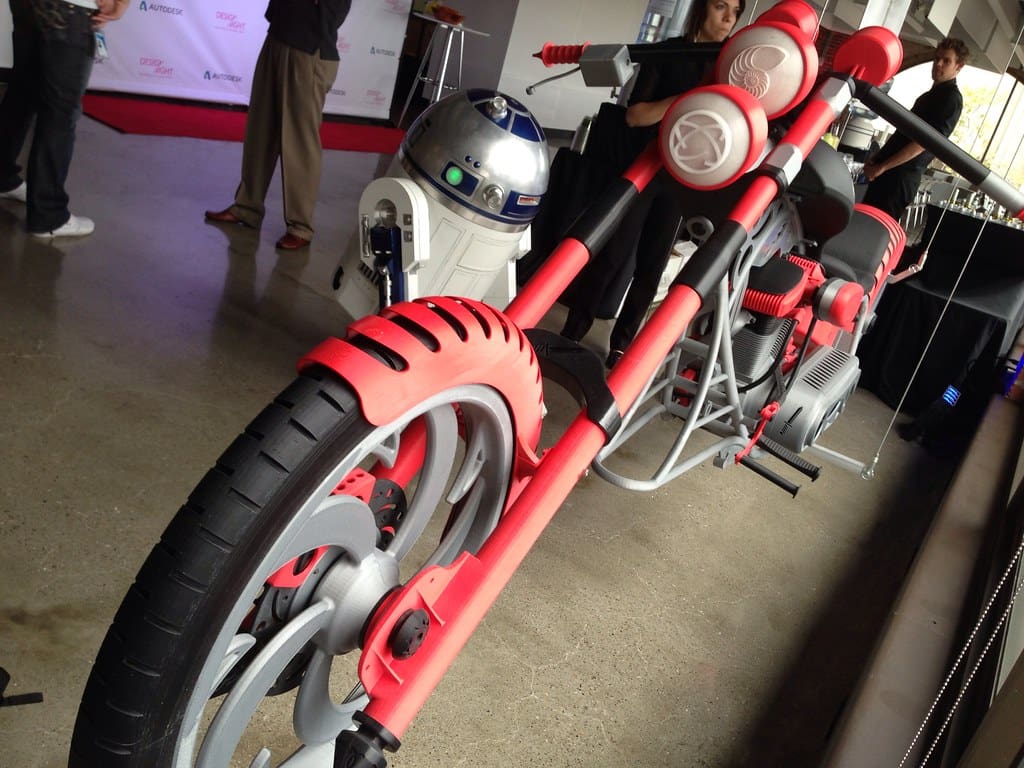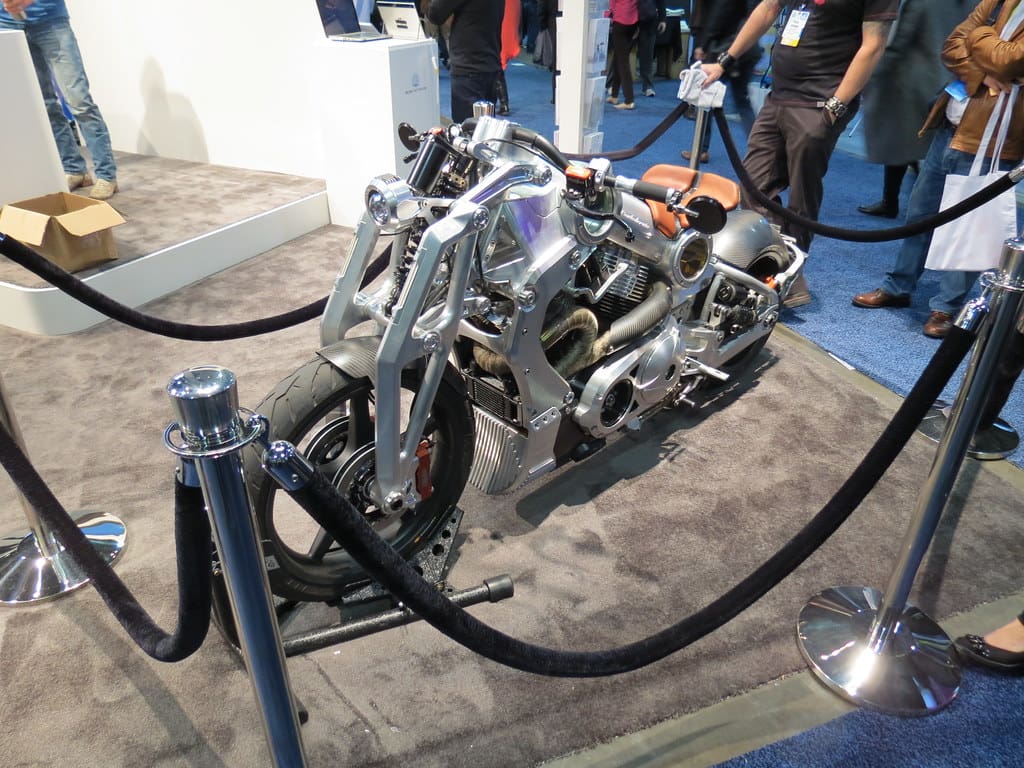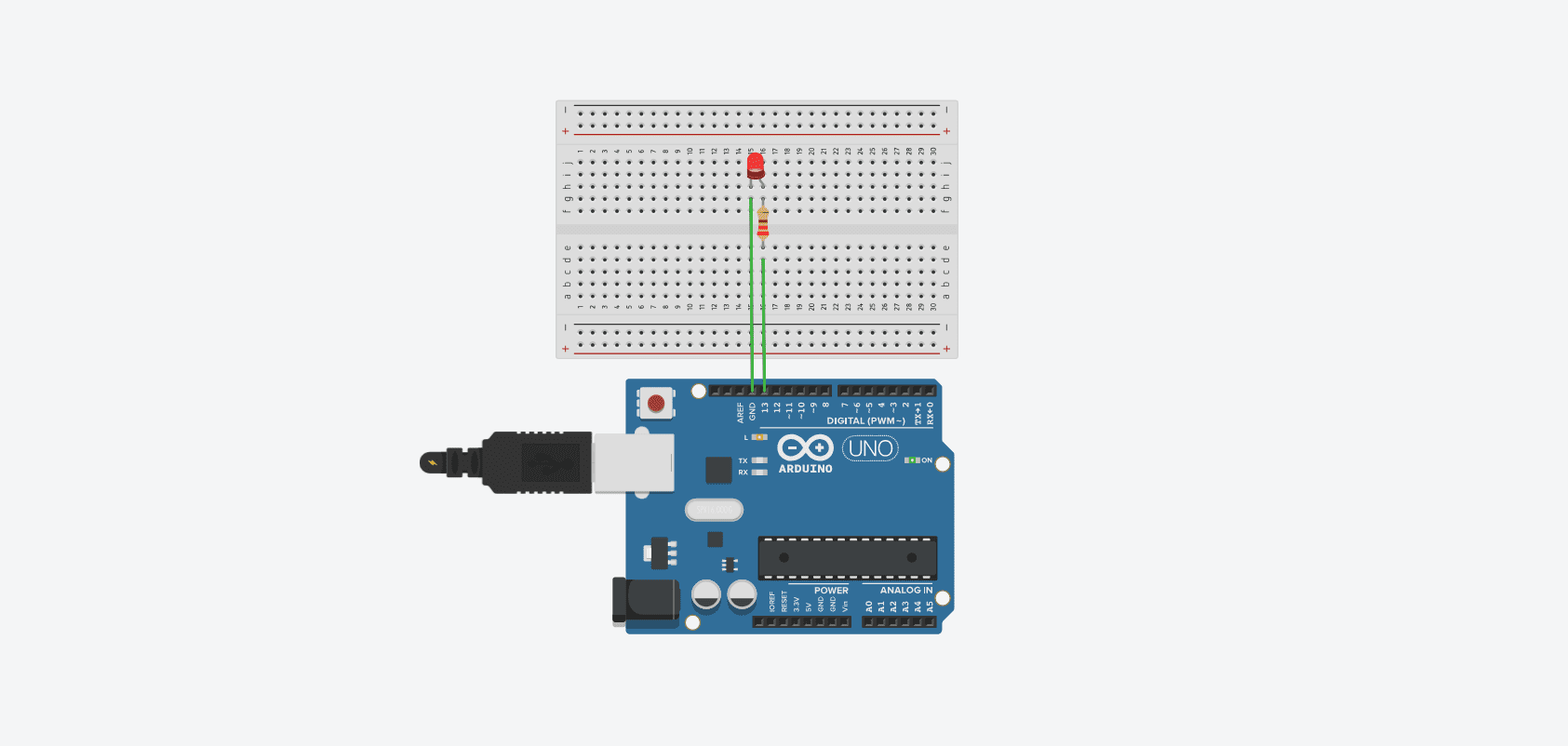The motorcycle industry is embracing 3D printing technology with growing enthusiasm, leveraging its potential to transform traditional manufacturing processes, enhance customization, and improve performance. This innovative technology, also known as additive manufacturing, allows for the precise creation of complex and lightweight components, which can significantly alter the dynamics, aesthetics, and functionality of motorcycles.
The Emergence of 3D Printing in Motorcycle Manufacturing
Initially utilized for prototyping within various industries, 3D printing has rapidly evolved to support the production of end-use components across the automotive sector, including motorcycles. This shift has been facilitated by advancements in 3D printing technologies and materials that are capable of meeting the rigorous demands of motorcycle performance and safety standards. Today, manufacturers and custom builders use 3D printing not only to enhance the visual appeal of motorcycles but also to refine aerodynamics, reduce weight, and increase strength.

Advantages of 3D Printing in Motorcycles
Complex Geometries and Lightweighting: 3D printing excels at creating intricate components that are both lighter and stronger than those made with traditional methods. The technology enables the design of optimized structural components with internal lattice structures that reduce weight without compromising durability, crucial for high-performance motorcycles.
Customization and Flexibility: Motorcycles often reflect the personal style and preferences of their owners. 3D printing offers unparalleled customization opportunities, from unique aesthetic touches to functional adaptations, allowing for personal expression and tailored performance.
Rapid Prototyping and Development: The ability to quickly produce prototypes allows designers and engineers to experiment with new ideas and instantly test form and function. This accelerates the development process and introduces new motorcycle designs to the market faster than ever before.
Material Innovation: 3D printing supports the use of a wide range of materials, including advanced polymers, metals, and composites. Each material can be chosen for specific properties, such as heat resistance, strength, or lightweight, to suit different parts of the motorcycle, from the bodywork to critical load-bearing components.
Key Applications of 3D Printing in Motorcycles
Custom Frames and Body Panels: 3D printing is particularly useful for producing custom frames and body panels that meet specific design requirements. These components can be designed to exact owner specifications for aesthetics or performance, enhancing the bike’s uniqueness and functional appeal.
Engine Components: Advanced metal 3D printing techniques allow for the production of complex engine components that are optimized for better heat tolerance and fluid dynamics. Items such as lightweight pistons and gears can be manufactured to enhance engine efficiency and performance.
Functional Components: Beyond aesthetics, 3D printing is used to create functional motorcycle parts such as exhaust systems, brake calipers, and suspension components. These parts benefit from the technology’s ability to produce durable, heat-resistant materials tailored to the demands of motorcycle performance.
Prototypes and Custom Accessories: From windshields to seats, 3D printing allows for the quick creation of prototypes and custom accessories, enabling manufacturers and customizers to offer a wider range of options and accessories at a lower cost and turnaround time.

Challenges in 3D Printing for Motorcycles
Despite its advantages, there are several challenges associated with the widespread adoption of 3D printing in the motorcycle industry:
Material Durability and Longevity: Ensuring that 3D-printed materials can withstand the rigors of road use and environmental exposure remains a significant challenge, particularly for structural components.
Cost and Accessibility: While 3D printing technology is becoming more accessible, the cost of high-quality printers and the price of specialized printing materials can still be prohibitive for smaller manufacturers or independent builders.
Regulatory and Safety Standards: Motorcycles must meet stringent safety standards. Certifying 3D-printed components, especially critical structural and functional parts, can be complex and time-consuming.
Future Directions in 3D Printing for Motorcycles
The future of 3D printing in motorcycle manufacturing looks promising, with continuous advancements in printer technologies, materials, and digital design tools likely to mitigate current limitations. As these technologies advance, 3D printing is expected to become an integral part of motorcycle design and production, potentially leading to more innovative, efficient, and personalized motorcycles.
3D printing is poised to continue its transformative impact on the motorcycle industry, providing exciting opportunities for customization, performance enhancement, and manufacturing efficiency. As the technology evolves, it will enable manufacturers and enthusiasts to push the boundaries of motorcycle design, creating bikes that are not only visually striking but also superior in performance and uniquely tailored to individual riders.








